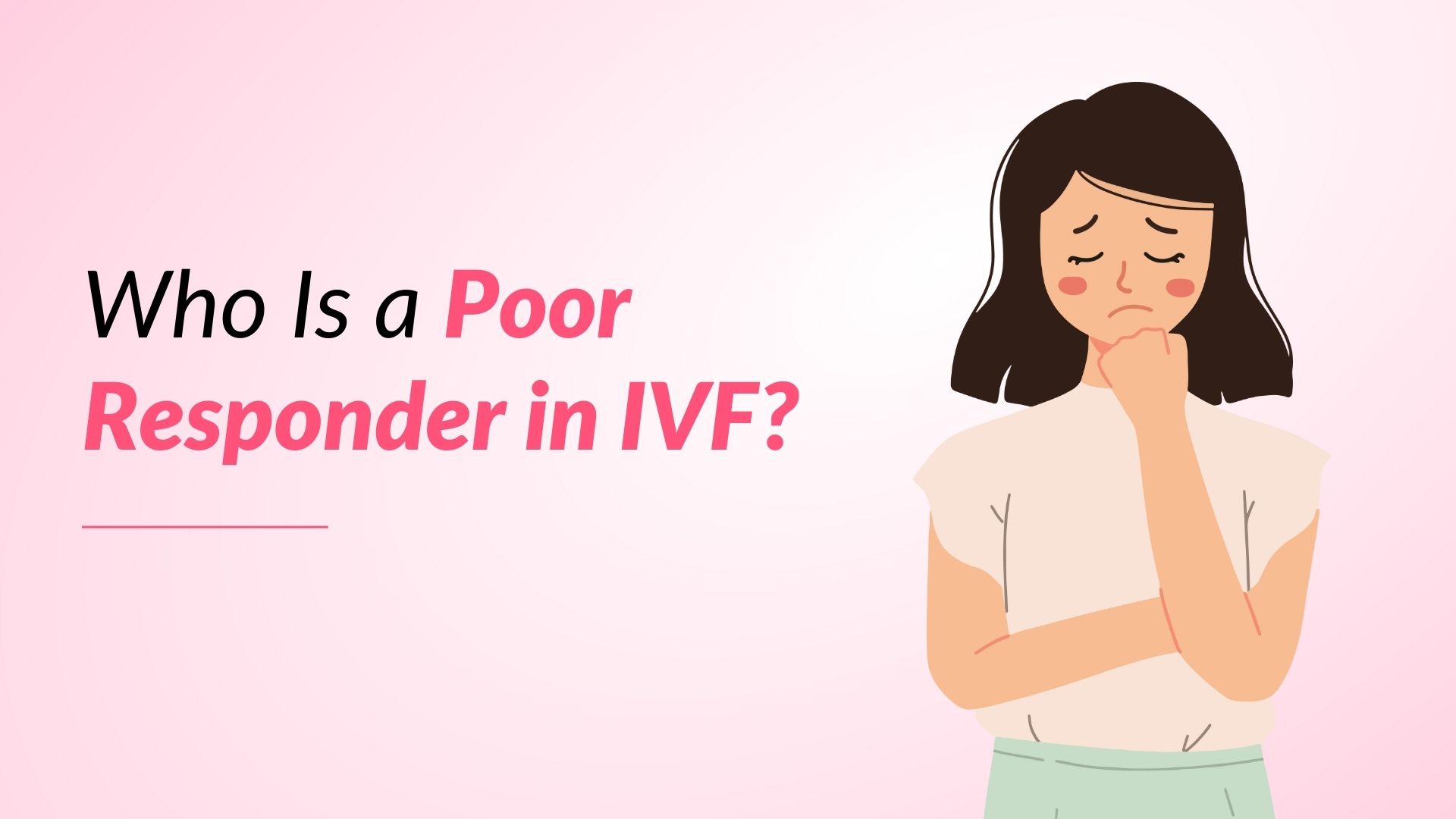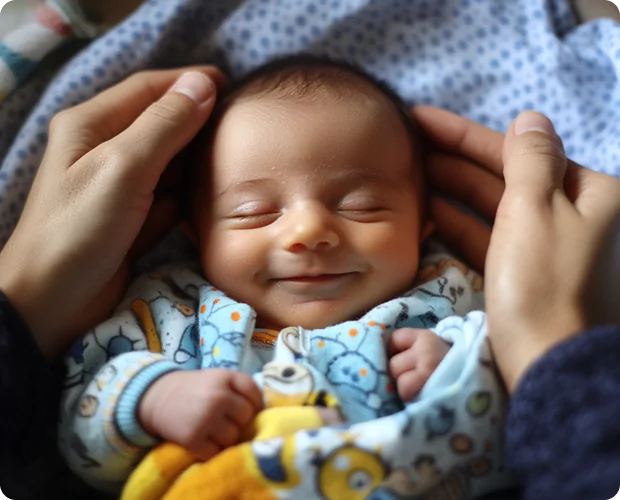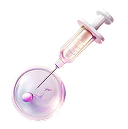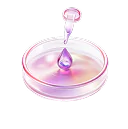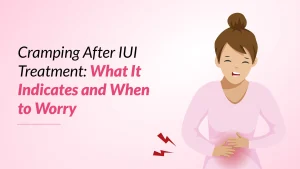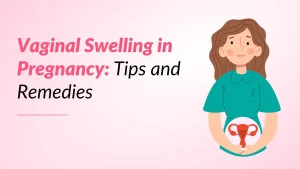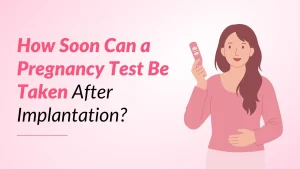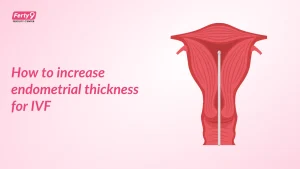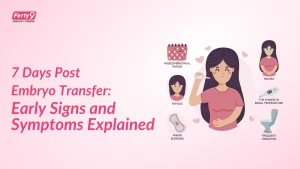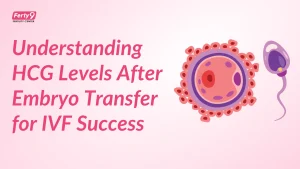Many women are successful in achieving an IVF pregnancy despite the physical and emotional difficulties. As a result, they often experience healthy deliveries and fulfill their dream of becoming parents. Ovarian stimulation (OS) is a critical factor in the success of IVF pregnancy treatment. The purpose of OS is to acquire and develop many oocytes, allowing many potential embryos to be transferred.
More than one-third of women who undergo assisted reproduction are poor responders. Typically, these are patients with advanced maternal age and limited ovarian reserve. However, a younger sample shows an unexpectedly decreased response to controlled ovarian hyperstimulation. One of the most difficult populations to treat is those who respond poorly to ovarian stimulation. When dealing with patients with inadequate ovarian response, proper fertility counseling that addresses patient’s expectations is critical because a failed cycle can result in significant emotional and financial loss.
What Is a Poor Responder in IVF?
The phrase ‘poor responders’ refers to a subset of IVF patients who do not respond well to ovarian stimulation using gonadotrophins. This is frequently related to issues such as advanced age, low ovarian reserve, or hormonal abnormalities. Poor responders may require modified treatment procedures to increase their chances of success. Many of these cases still have unknown causes. The preferred screening tests for ovarian reserve in all IVF pregnancy patients are the
- Determination of basal cycle day 3 serum FSH, LH, and E2 hormonal levels,
- Measurement of AMH (Anti-Müllerian Hormone), and
- Estimation of the basal AFC (antral follicular count) by transvaginal ultrasonography,
which, along with the woman’s age, determines the ovarian stimulation regimen to be used for the IVF pregnancy cycle treatment.
Key Factors Contributing to Poor Response in IVF
Key factors contributing to poor responders in IVF pregnancy include
- Maternal age (≥40 years) or other POR risk factors
- A previous POR with oocytes produced by conventional stimulation is ≤3.
- Abnormal ovarian reserve test (ORT) results with antimüllerian hormone (AMH) <0.5-1.1 ug/L or antral follicle count (AFC) <5-7
A POR diagnosis requires two of the three criteria listed above. Furthermore, two occurrences of POR following maximal stimulation are sufficient to classify a patient as a poor responde r in the absence of advanced maternal age or aberrant POR. Other than these
- Genetic predisposition,
- Certain medical conditions like endometriosis, pelvic surgery, prior chemotherapy/radiation, and
- Sometimes, even improper stimulation protocols during IVF
are all factors that contribute to poor response in IVF pregnancy.
Common Challenges and Obstacles Faced by Poor Responders in IVF
Several OS strategies have been presented to enhance the ovarian response of poor responders. Poor IVF pregnancy responders experience issues such as
- Inadequate egg production complicates retrieval and fertilization
- They frequently encounter poor egg quality, which reduces embryo growth and implantation success.
- Higher drug doses may be required, which will raise costs and increase the risk of complications.
- Significantly lower pregnancy rates compared to normal responders
- Increased emotional stress from many failed cycles;
- Financial hardship from multiple treatment attempts.
- The requirement for specialized treatment procedures with low success rates which are frequently related to advanced maternal age and diminishing ovarian reserve.
Factors Leading to IVF Failure in Poor Responders
A number of factors, such as low-quality embryos, problems with implantation, or underlying medical illnesses that impact fertility, might lead to IVF failure . Most IVF pregnancy cycle treatments result in poor outcomes, such as fewer pregnancies and a lower live birth rate. Overall, poor responders require longer stimulation durations, which are related to greater gonadotropin doses and higher costs. Still, cycle cancellation rates are increasing.
The primary reasons for IVF pregnancy failure in “poor responders” are
- Age: The most important component, ovarian reserve, typically decreases with age, resulting in fewer and perhaps lower quality eggs.
- Hormonal markers: On day 3 of the menstrual cycle, elevated baseline FSH (follicle-stimulating hormone) levels can indicate a depleted ovarian reserve.
- Previous poor reaction: A previous IVF pregnancy cycle with low egg retrieval or poor embryo quality can indicate a future poor response.
- Antral follicle count (AFC): A low AFC on ultrasound implies fewer follicles that are developing in the ovaries.
- Endometriosis: This is a condition that can impair ovarian function and lower egg quality.
- Genetic differences can affect ovarian reserve and egg quality.
- Uterine factors: While not directly related to “poor response” in terms of egg retrieval, conditions such as uterine fibroids or a thin endometrial lining might still hinder implantation success.
- Underlying Medical Conditions: Conditions like autoimmune disorders affecting fertility
- Ineffective Ovarian Stimulation: Poor response to fertility drugs, even at high doses.
Can Poor Responders Still Achieve Pregnancy?
Yes, poor IVF responders can still become pregnant, although the probability may be lower than typical responders. Modified ovarian stimulation procedures, higher-quality supplements, and mild IVF pregnancy cycles can all help enhance outcomes. In some circumstances, embryo banking or using donor eggs may provide higher success rates. Consulting a fertility specialist for a personalized approach is critical to increasing your chances of becoming pregnant.
The following approaches can be beneficial for a poor responder to IVF to achieve pregnancy.
- Customized Stimulation Procedures / Dual Stimulation (DuoStim).
- Adjunct Treatments (by taking supplements)
- Embryo freezing/embryo pooling
- Donor eggs
- Preimplantation genetic testing, or PGT.
Conclusion
In conclusion, in poor ovarian responders , the number of retrieved oocytes and the woman’s age are independent predictors of live births. Though poor respondents have reduced pregnancy rates, with the correct strategy, success is achievable. A growing number of patients requiring IVF pregnancy treatment are women who are poor responders. Although they are difficult to treat, they can have success with IVF pregnancy, especially if the necessary procedure and assessment are followed, particularly if they are younger. They should receive in-depth counseling and an explanation of potential risks and IVF success rates. For individualized care, it is essential to speak with a fertility specialist.







